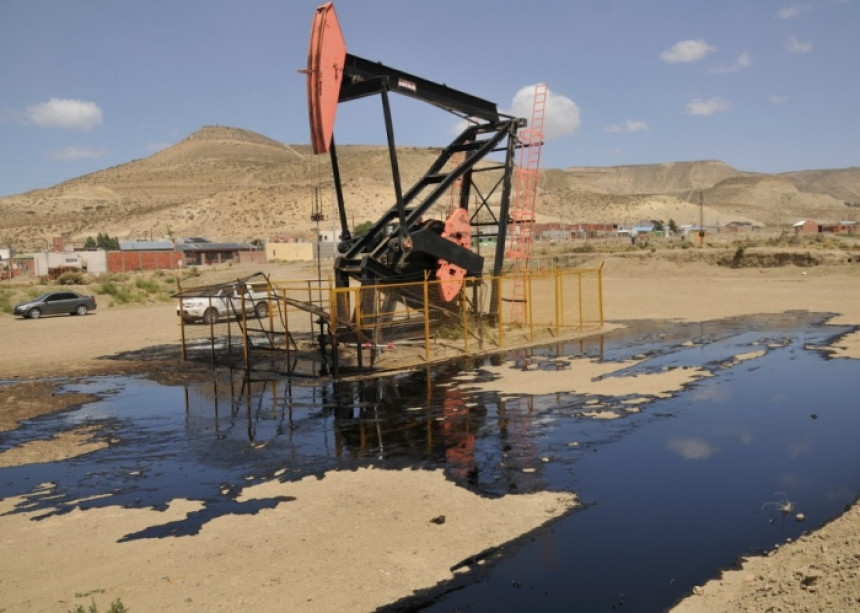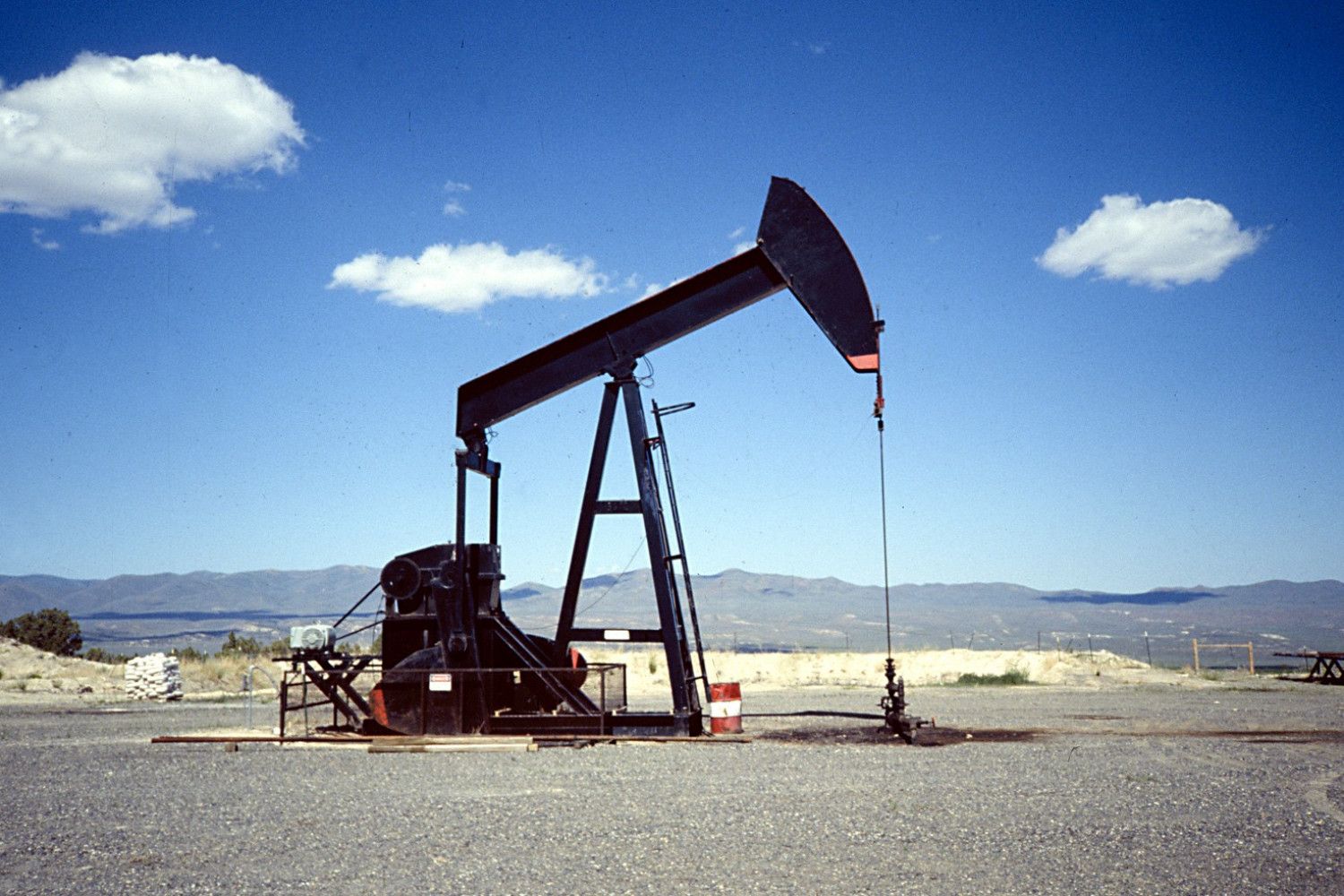
The price of oil, the king of commodities, has fallen 39% so far this year. On Tuesday, December 8, fell to $40, something unprecedented since early 2009. The debate revolves around whether this is a temporary phenomenon or, on the contrary, is a new reality in for the long haul.
One of the most difficult and uncertain variables for an economist to predict is the exchange rate. The same is true, and indeed more difficult, as regards oil prices. The most rigorous analysis on correlation and causality of oil prices versus industrial activity and other variables are inconclusive and, therefore, it is not possible to infer future price levels with certainty.
Imbalances between supply and / or demand and especially long-term expectations eventually lead to severe adjustments in the price structure. The latter is the case of the oil market, where a significant increase in oil supply by the United States and the Middle East and an especially significant reduction in growth / demand expectations registered in China. The latter continues to grow at decreasing marginal rates. Remember that 50% of the expected growth in demand for oil for decades will be in emerging countries, especially China and India.
My hypothesis is that the oil market has already become structurally transformed and we are and for the next decades will be experiencing a period of transition from oil to gas as a primary energy source. While the twentieth century was the century of oil, the twenty-first century could become the century of gas. The latter has a direct impact on oil prices we will see in the long run.
On the supply side, factors occur in parallel that will affect the long-term price of oil. Everyone knows that the so-called "easy oil", or oil from conventional fields, is running out and therefore the industry has had to operate more inaccessible sites with increasing frequency, with deeper and more complex fields resulting in higher costs and technology requirements. All this means that in the long-term total cost of production of oil is higher than in the past. While the world still has large conventional reserves to extract from mature fields, this is only possible through the use of high-cost enhanced recovery technology, which in turn results in higher production costs, which ultimately must reflected in prices.
Low demand in mature economies
While the incremental oil supply comes mostly from unconventional oil and mature fields that have higher production costs and push up prices, the transition of the economy from oil to gas sector will cause lower prices.
Although in recent decades the theory of peak oil it has been quite often commented, experts have concluded that before the world comes to this situation, we will face a situation of peak demand. This will be mainly observed in developed countries, given the more mature economies, ageing populations, the use of more efficient cars as regards fuel consumption in North America and Europe and the replacement of oil by gas or electricity as a method heating in winter.







